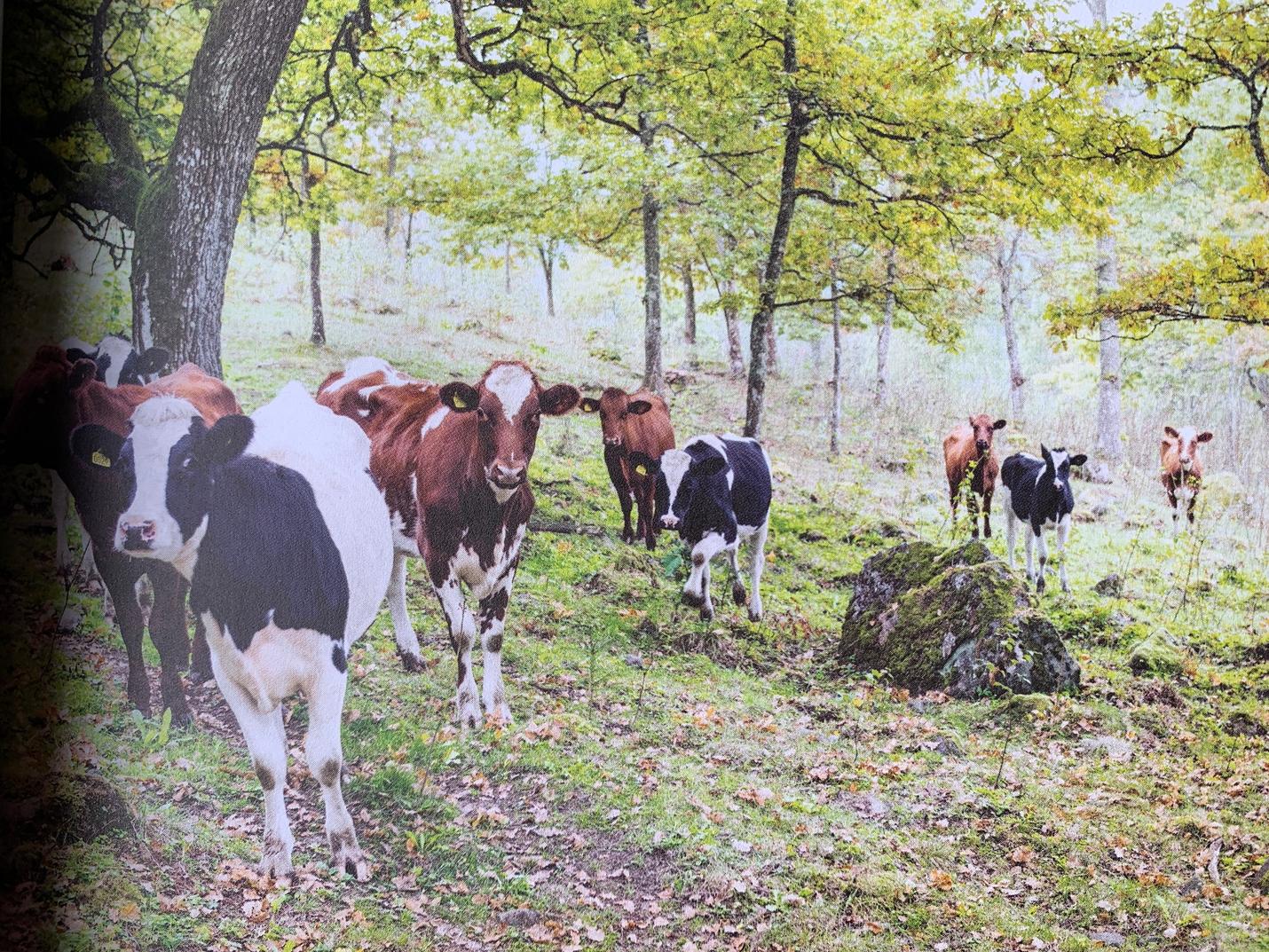Cows and trees do not belong together - so says conventional wisdom. And why should it not? In Brazil and elsewhere, headlines condemn ranching as a driver of mass deforestation and attendant climate change. But the practice of silvopasture challenges this assumption of mutual exclusivity and could help shape a new era for the acreage dedicated to livestock and their food.
From the Latin for “forest” and “grazing”, silvopasture is just that: the integration of trees and pasture or forage into a single system for raising livestock, from cattle and sheep to deer and ducks. Rather than seeing trees as a weed to be removed, silvopasture integrates them into a sustainable and symbiotic system. It is one approach within the broader umbrella of agroforestry and revives an ancient practice, now common on more than 350 million acres worldwide...
The intermingling of livestock and trees takes a variety of forms. Trees may be clustered, evenly spaced, or used as living fencing. Animals may graze in grassy alleys between rows of arboreal growth. Most silvopasture systems are similar in spacing to a savannah ecosystem...
But whatever the design, trees, animals and their forage are just the most obvious aspects of a silvopasture system. Soil is the other essential component - and key to the potential silvopasture has for addressing climate change...
Cattle and other ruminants require 30 to 45 percent of the worlds arable land, and livestock produce roughly one-fifth of greenhouse gas emissions, depending on specifics of analysis. Research to date suggests silvopasture far outpaces any grassland technique. That is because silvopasture systems sequester carbon in both the biomass above ground and the soil below. Pastures that are strewn or crisscrossed with trees sequester five to ten times as much carbon as those of the same size that are treeless. Moreover, because the livestock yield on a silvopasture plot is higher (as explored below), it may curtail the need for additional pasture space and thus help deforestation and subsequent carbon emissions...
From a financial and risk perspective, silvopasture is useful for its diversification. Livestock, trees and any additional forestry products such as nuts, fruit, mushrooms, and maple syrup, all come of age and generate income on different time horizons - some more regularly and short term, some at much longer intervals. Because the land is diversely productive, farmers are better insulated from financial risks due to weather events.
The integrated, symbiotic system of silvopasture proves to be more resilient for both animals and trees. In a typical treeless pasture, livestock may suffer from extreme heat, cutting winds and mediocre forage. But silvopasture provides distributed shade and wind protection as well as rich food... At the same time livestock act as weed control, reducing trees competition for moisture, sunlight and nutrients. Their manure also provides natural fertiliser.
Silvopasture can cut farmers costs by reducing the need for feed, fertiliser, and herbicides. Because the integration of the trees into grazing land enhances soil fertility and moisture farmers find themselves with healthier more productive land over time...
As the impacts of global warming progress silvopasture appeal will likely grow, as it can help farmers and their livestock adapt to erratic weather and increased drought...
Impact
We estimate that silvopasture is currently practiced on 351 million acres of land globally. If adoption expands to 554 million acres by 2050 - out of the 2.7 billion acres theoretically suitable for silvopasture - carbon dioxide emissions can be reduced by 31.2 gigatonnes. This reduction is a result of the high annual carbon sequestration rate of 1.95 tonnes of carbon dioxide per acre per year in the soil and biomass. Farmers could realise financial gains from revenue diversification of $699 billion, on investment of $42 billion to implement.
“Drawdown: the most comprehensive plan ever proposed to reverse global warming”, pp. 50-51.
#ProjectDrawdown
